I have wanted to collect Mt Hemlock for several years now. I have looked everywhere in the Mts where I live but none found. I collected several over around Diamond Lake last year in the late fall that were ok, but not great. My wife and I went to Bandon a couple of weeks ago and on the way back stopped at a point on the McKenzie pass and looked around for some, knowing it was way to early to fall collect as yet. We found some nice ones in the short hike we took. Looking forward to collecting in the spring but there is a problem with heavy snow, road closures, money for gas, motel, and food etc, etc, so decided to look here again. Got some info from a non-bonsai friend about a sighting of some 2 hours away. You know how that can go. You finally find the place and nothing of the kind is within 100 miles. Very different this time. My wife was driving pretty slowly up the rough gravel/dirt road as we were climbing in altitude when I spotted on about 6' high off the road aways. You can always tell these in amongst the small pines, spruce, and Larches because of the droopy apex and the new growth of blue needles against the old green ones. I'm off with a pad, pen and surveyor's tape. I had to go about 1/4 mile before I really started to run into them, and then they were all over, good ones with good movement, lots of branches and the right size. I was taking co-ordinates and writing them down as I was going along. These trees were beautiful and very different that the ones I had collected down by diamond lake for some reason. The branches and trunks had more movement, and better color all the way around. The ground also looked to be good digging with loam and NO ROCKS! I felt a bit blessed by this find for sure.
I do want to ask questions about collecting these trees as I have very little experience with the Hemlocks. I collect in the fall and spring both. I realize that some trees are ok with late fall collecting and some are not. I can protect any tree I collect in the fall so the roots with not freeze and cause problems during the winter months. Maybe someone with experience can chime in here with their thoughts. Also, how particular are they with root disturbance? Do I need to take a good-sized root ball? Should I stay with the smaller trunked 1/2"-3/4" or can I step up to some larger ones like 1-3"? As always, help is very much appreciated. August
I do want to ask questions about collecting these trees as I have very little experience with the Hemlocks. I collect in the fall and spring both. I realize that some trees are ok with late fall collecting and some are not. I can protect any tree I collect in the fall so the roots with not freeze and cause problems during the winter months. Maybe someone with experience can chime in here with their thoughts. Also, how particular are they with root disturbance? Do I need to take a good-sized root ball? Should I stay with the smaller trunked 1/2"-3/4" or can I step up to some larger ones like 1-3"? As always, help is very much appreciated. August
Attachments
-
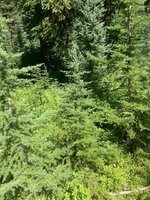 68211276558__89EF20E4-ABEC-4257-ACDF-868B3D5AE86D.jpg136.2 KB · Views: 44
68211276558__89EF20E4-ABEC-4257-ACDF-868B3D5AE86D.jpg136.2 KB · Views: 44 -
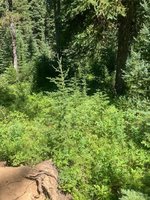 68211280159__FD6F9120-9A84-41BF-8284-52F65CDE0F81.jpg132.3 KB · Views: 41
68211280159__FD6F9120-9A84-41BF-8284-52F65CDE0F81.jpg132.3 KB · Views: 41 -
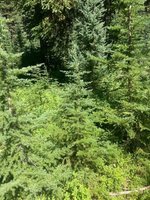 68211276558__89EF20E4-ABEC-4257-ACDF-868B3D5AE86D.jpg136.2 KB · Views: 40
68211276558__89EF20E4-ABEC-4257-ACDF-868B3D5AE86D.jpg136.2 KB · Views: 40 -
 68211277514__2E3EEAA5-C6D7-4107-B6B6-A97446035BD9.jpg137 KB · Views: 39
68211277514__2E3EEAA5-C6D7-4107-B6B6-A97446035BD9.jpg137 KB · Views: 39 -
 68211280159__FD6F9120-9A84-41BF-8284-52F65CDE0F81.jpg132.3 KB · Views: 48
68211280159__FD6F9120-9A84-41BF-8284-52F65CDE0F81.jpg132.3 KB · Views: 48 -
 IMG_4746.jpg113.2 KB · Views: 48
IMG_4746.jpg113.2 KB · Views: 48 -
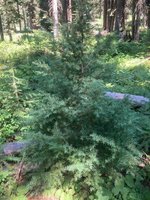 IMG_4750.jpg121.8 KB · Views: 45
IMG_4750.jpg121.8 KB · Views: 45 -
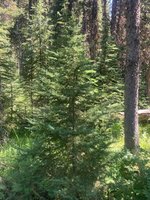 IMG_4752.jpg123.1 KB · Views: 37
IMG_4752.jpg123.1 KB · Views: 37 -
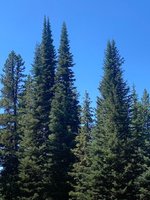 IMG_4757.jpg88.2 KB · Views: 46
IMG_4757.jpg88.2 KB · Views: 46

